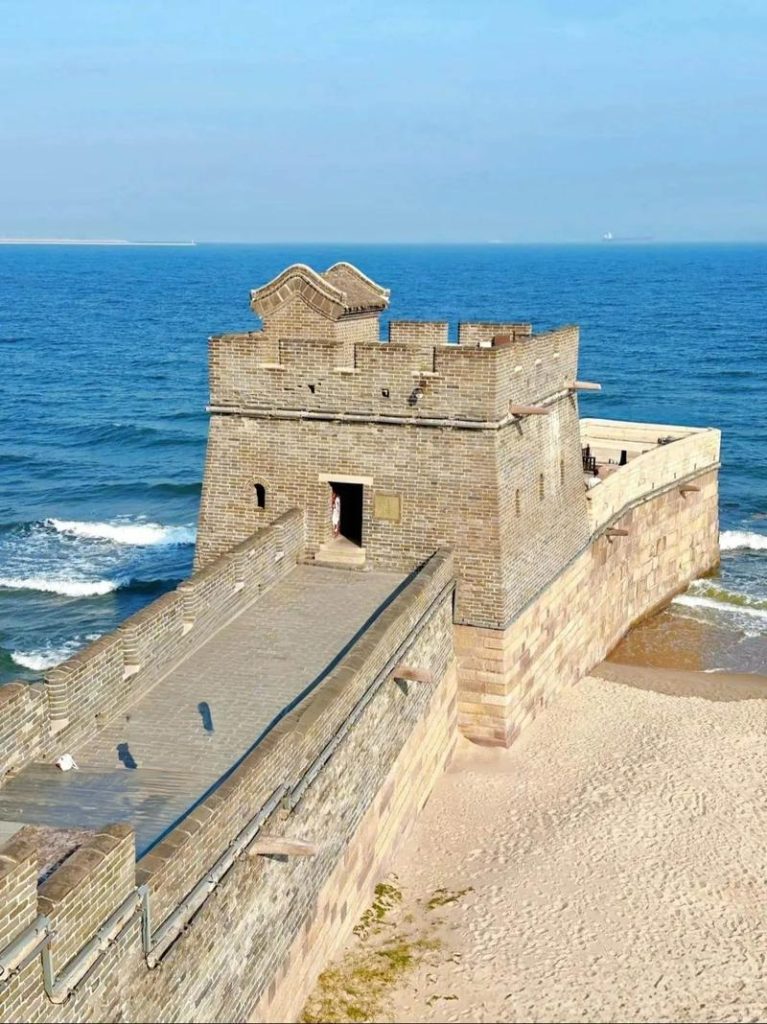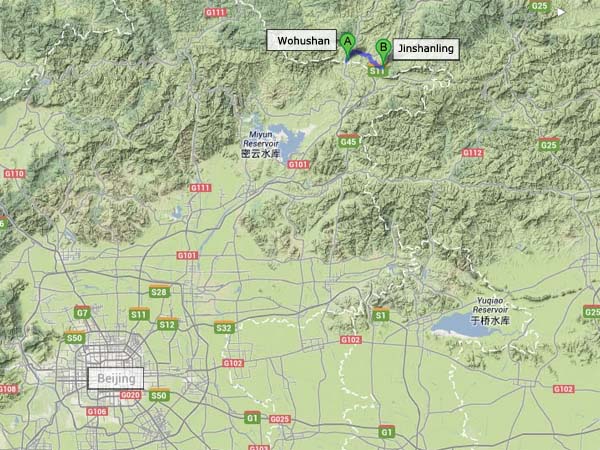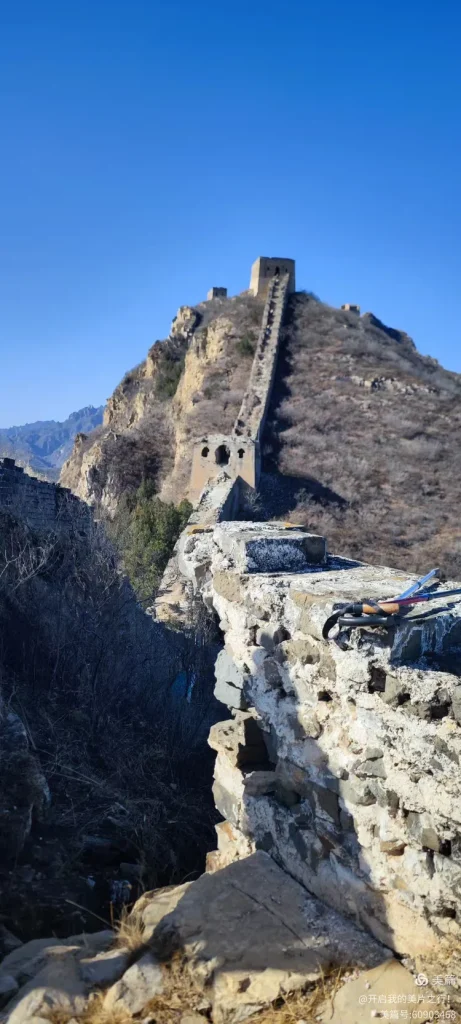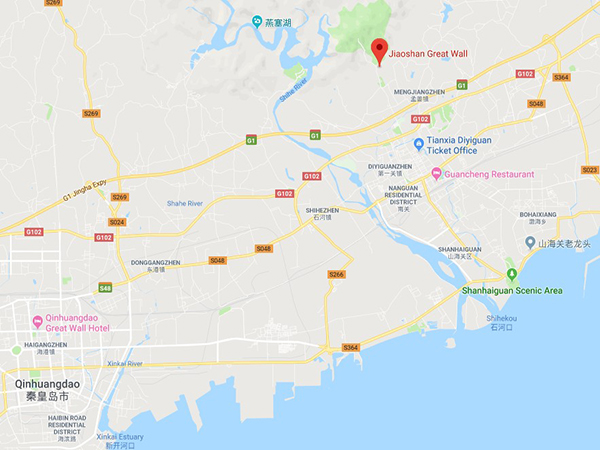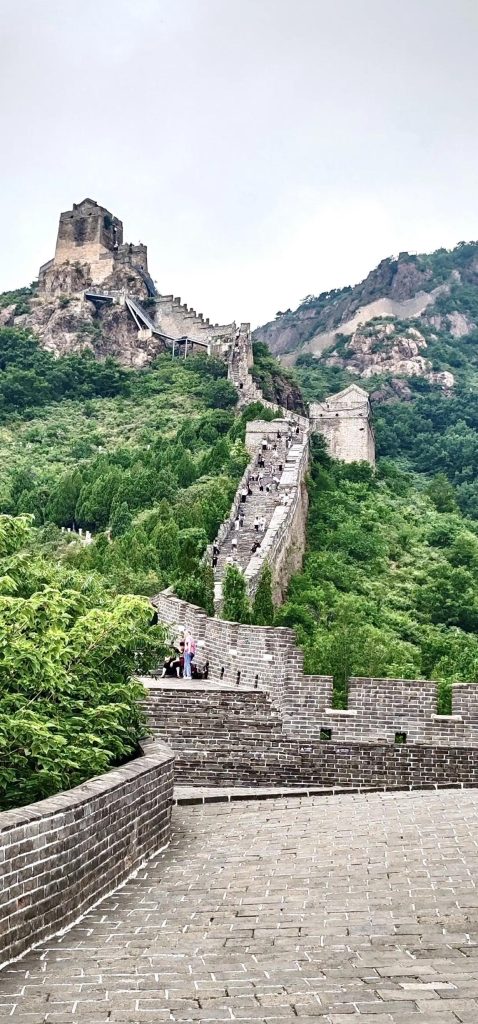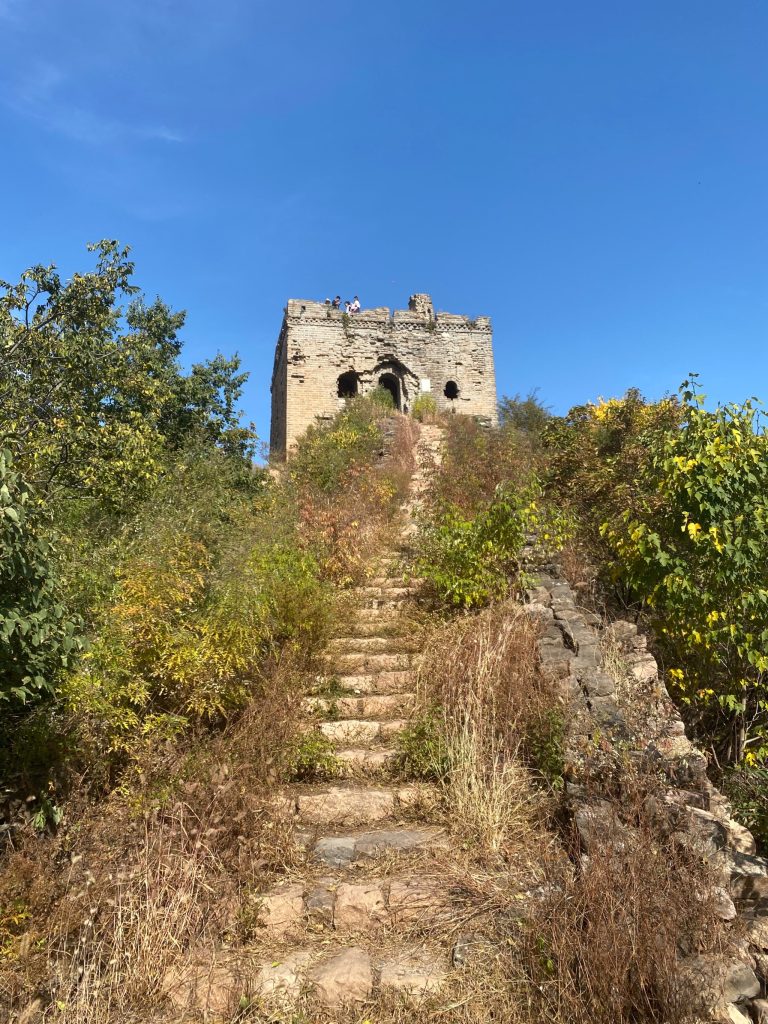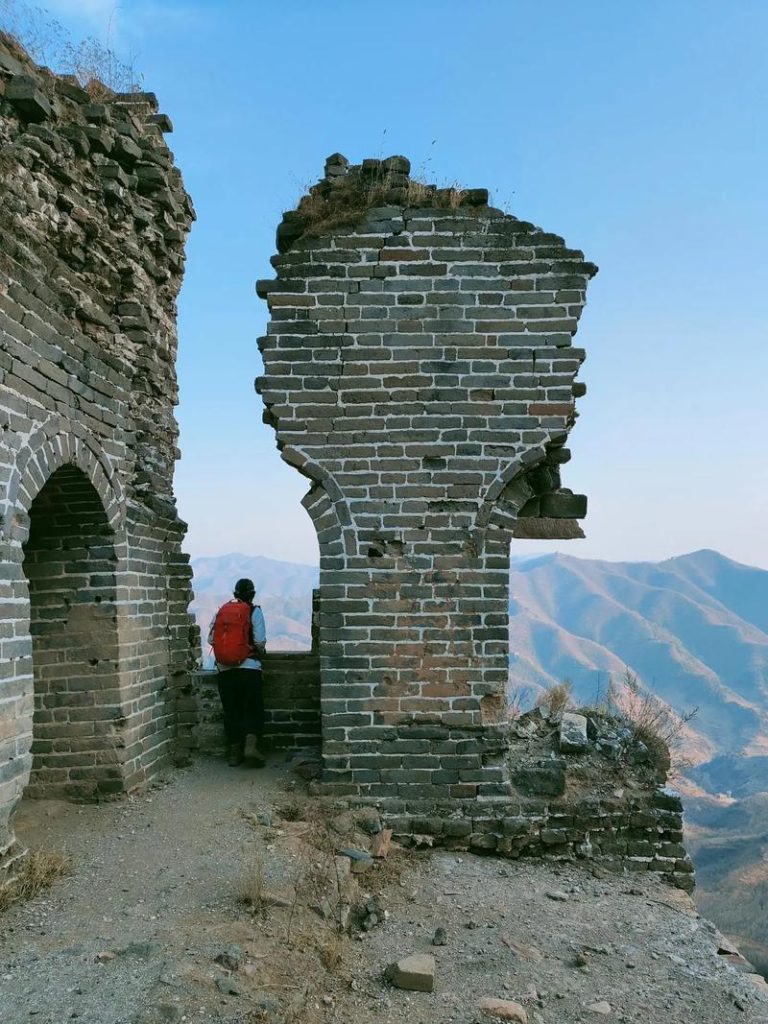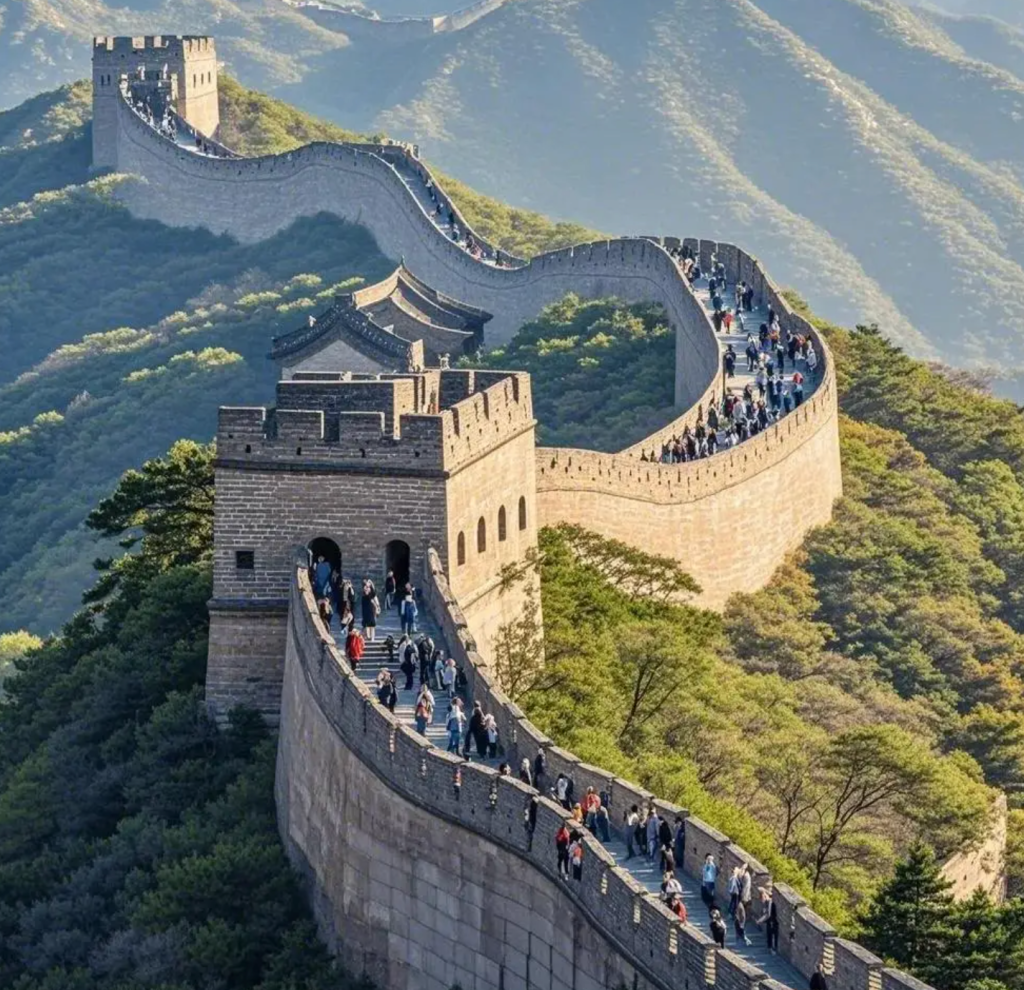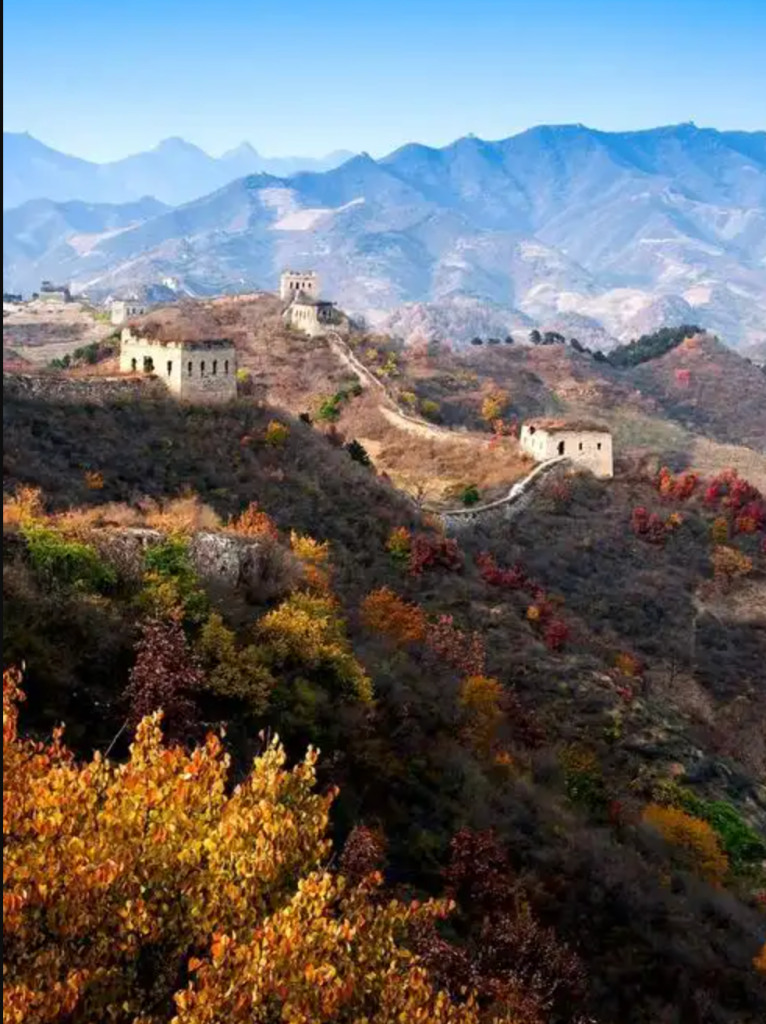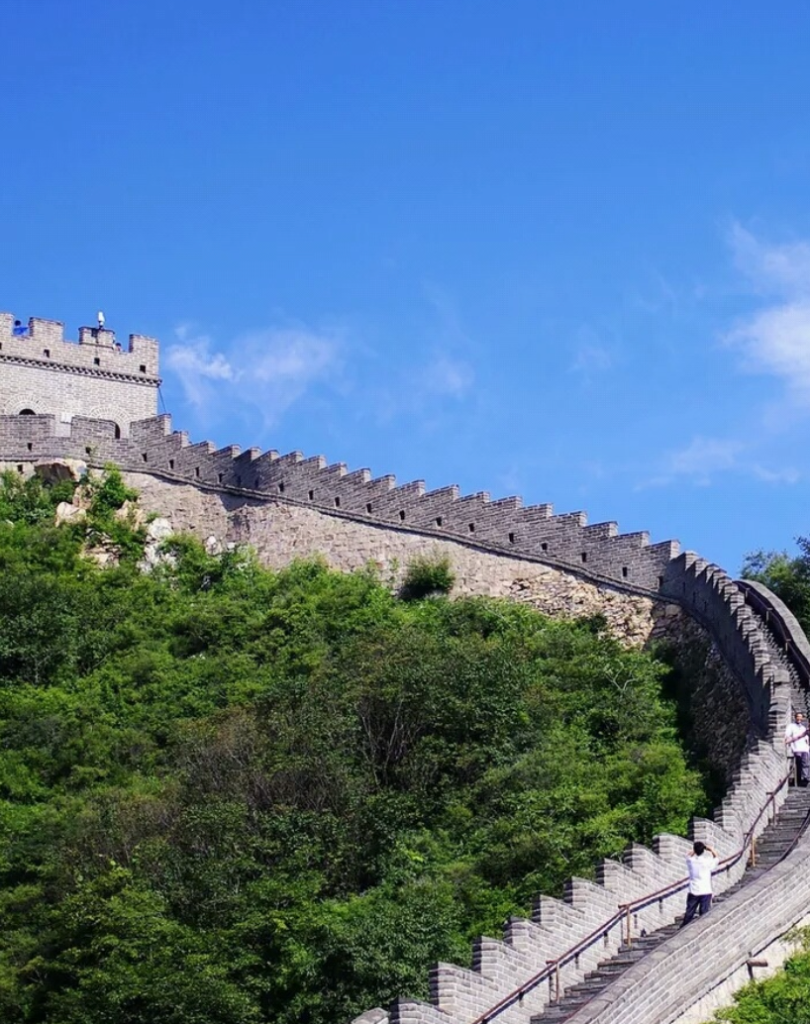When Was the Great Wall of China Built? Unraveling Its 2,000-Year History
A common question about the Great Wall of China—“When was it built?”—has no simple answer. Unlike a single monument constructed in one era, the Great Wall is a network of interconnected walls, forts, and watchtowers built, expanded, and repaired across 2,000 years by over 20 Chinese dynasties. Its story begins long before the rise of imperial China, rooted in ancient defense needs and evolving with each era’s political and military challenges.
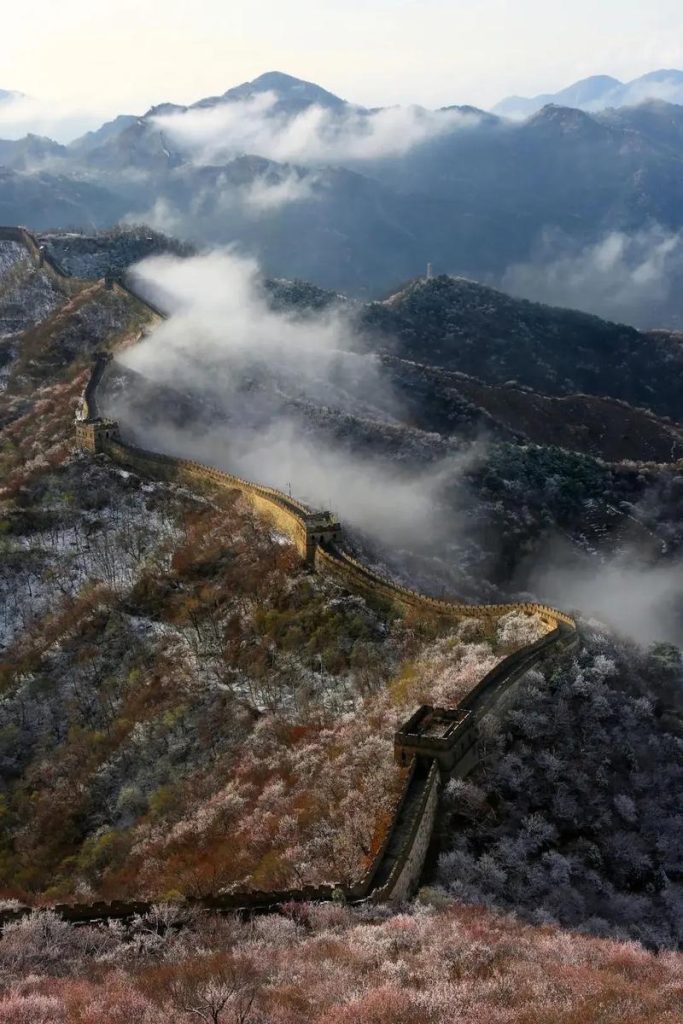
Origins: Spring and Autumn & Warring States Periods (770–221 BCE)
The earliest sections of what would become the Great Wall date to the 7th century BCE, during the Spring and Autumn Period. Before this, ancient clans had already dug trenches and built simple earthen walls to protect their territories—archaeological sites across China confirm these early defensive structures. But as small states emerged and competed for power in the Spring and Autumn and subsequent Warring States Periods (475–221 BCE), defense became more critical.
States like Yan, Zhao, and Qin (in northern China) built longer, sturdier walls along their northern and western borders to fend off rival states and raids from nomadic tribes. These walls were mostly made of packed earth and local stones, stretching hundreds of kilometers but remaining isolated from one another. They were not “the Great Wall” as we know it today—instead, they were regional defenses, each serving a single state’s needs.
Unification: Qin Dynasty (221–206 BCE) – The First “Connected” Wall
The turning point came in 221 BCE, when Qin Shi Huang unified China, ending the Warring States Period and founding the Qin Dynasty. To secure his northern border against nomadic Xiongnu tribes, Qin Shi Huang ordered his engineers to connect the existing northern walls of Yan, Zhao, and the former Qin state. He also extended these walls westward to present-day Gansu Province and eastward to Liaodong (in modern-day Liaoning Province), creating a continuous defensive line stretching over 5,000 kilometers—the first true “Great Wall” of China.
This Qin-era wall was built with forced labor (legend says hundreds of thousands of workers contributed) and used materials like rammed earth, wood, and stones. While much of it has eroded over time, its layout established the basic framework for all future Great Wall expansions.
Expansion and Repair: Han to Yuan Dynasties (206 BCE–1368 CE)
After the Qin Dynasty fell, nearly every subsequent dynasty continued to build or repair sections of the Great Wall, adapting it to their own needs:
- Han Dynasty (206 BCE–220 CE): Extended the wall westward into Central Asia to protect the Silk Road, adding beacon towers to improve communication.
- Northern Dynasties (386–589 CE): Focused on repairing northern sections to defend against steppe tribes, using more stone in construction for durability.
- Tang Dynasty (618–907 CE): Built fewer new walls, as its powerful military kept nomadic threats at bay, but maintained existing sections.
- Yuan Dynasty (1271–1368 CE): Ruled by Mongols (who originated from the northern steppes), the Yuan had little need for northern defenses, so the Great Wall was largely neglected during this period.
The “Modern” Great Wall: Ming Dynasty (1368–1644 CE)
The Great Wall we see today is mostly the product of the Ming Dynasty—the last and most extensive phase of its construction. After the Ming overthrew the Mongol-led Yuan Dynasty, they faced renewed threats from northern nomads (like the Mongols and later the Jurchens). To counter these, the Ming launched a massive rebuilding project spanning over 200 years.
Ming engineers used advanced techniques: they built walls with brick and stone (replacing rammed earth in key sections), added more watchtowers, and created complex defensive systems (like moats and barbicans). The Ming Great Wall stretched over 8,850 kilometers (the length recognized by UNESCO today), from Jiayuguan Pass in the west to Shanhaiguan Pass in the east. It was also the most sophisticated—with features like crenels for archers, drainage systems to prevent erosion, and storage rooms for weapons and food.
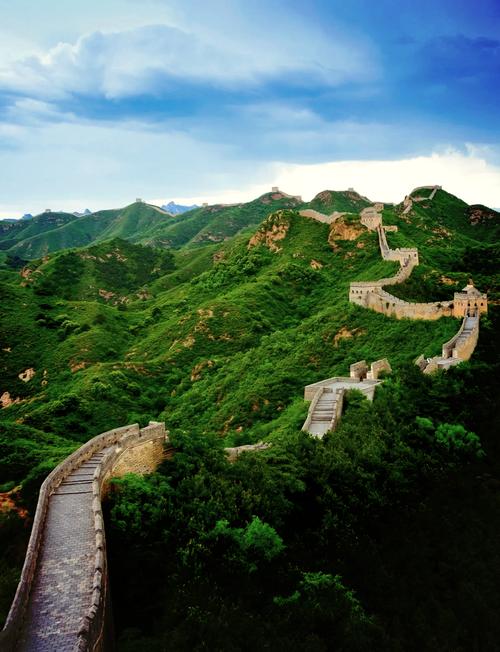
A Legacy Spanning Millennia
In short, the Great Wall was not “built” in one year or by one dynasty. Its construction began in the 7th century BCE, was unified by Qin Shi Huang, expanded by dynasties like the Han, and perfected by the Ming—spanning over 2,000 years. In 1987, this ancient network was designated a UNESCO World Heritage Site, recognized as a testament to China’s engineering ingenuity and the collective effort of countless people across centuries.
Today, when visitors walk the Great Wall’s brick paths, they are treading on layers of history—each stone and brick telling a story of defense, unification, and survival across China’s long imperial era.

